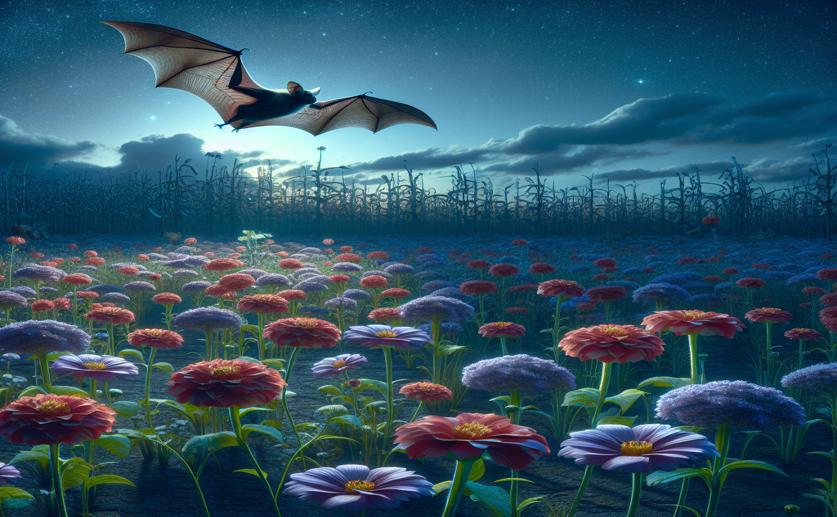
Monitoring Shows Some Bats Visit Fewer Flowers Over 10 Years
Jenn Hoskins
4th March, 2024

Image Source: Natural Science News, 2024
Key Findings
- In southern Thailand, a common bat species maintained stable pollination rates, while two specialized bats declined by 80%
- The decline in specialized bat species could negatively impact the plants they pollinate
- Long-term studies are crucial for understanding bat behavior and informing conservation efforts
References
Main Study
1) Bat pollinators: a decade of monitoring reveals declining visitation rates for some species in Thailand.
Published 2nd March, 2024
https://doi.org/10.1186/s40851-024-00228-x
Related Studies
2) Pollination-precision hypothesis: support from native honey bees and nectar bats.
3) Long-term field studies in bat research: importance for basic and applied research questions in animal behavior.
4) Identification of Areas Highly Vulnerable to Land Conversion: A Case Study From Southern Thailand.



 25th February, 2024 | Jim Crocker
25th February, 2024 | Jim Crocker